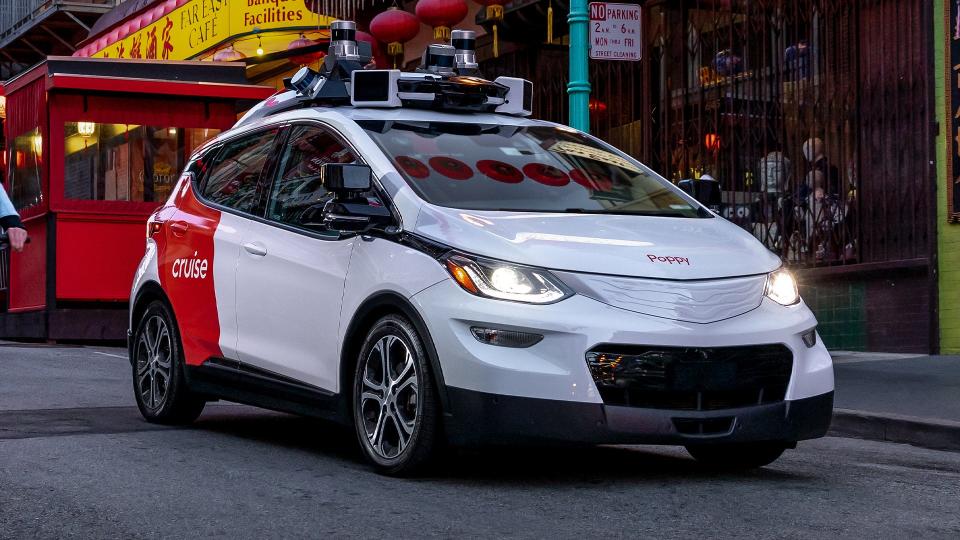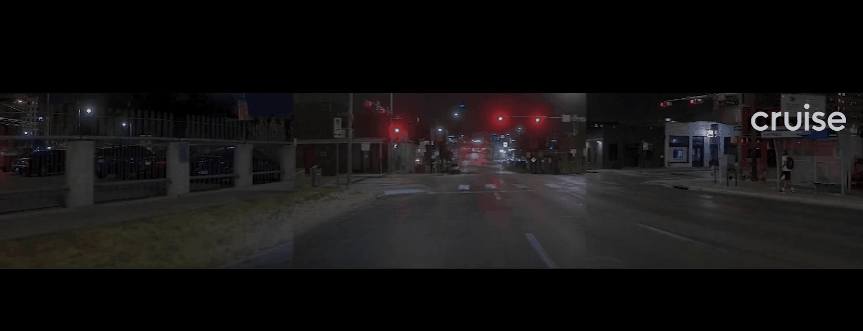Cruise's Solution to Robotaxis Blocking Emergency Vehicles: Let Them Move the Car

First responders have been understandably critical of autonomous vehicles as of late, alleging that Cruise's self-driving robotaxis have tried to run over fire hoses and repeatedly undermined the ability of emergency crews to do their jobs. The General Motors-backed unit is looking to change that, though, and it all starts with a few operational changes, like allowing emergency crews to manually move robotaxis if the situation calls for it.
"In emergency situations, our teams will allow first responders to access the AV and manually move the vehicle," wrote Cruise in a recent blog post outlining some of its recent program changes. "Through continued training with law enforcement, firefighters, and EMS we can leverage our cooperative relationship to educate and receive feedback. Our goal is to enhance the AV’s responsiveness in various emergency situations and ensure clear understanding and predictability of the car’s behavior."

In addition to allowing emergency crews to access and move vehicles, Cruise says that it is also providing its own remote "assistance advisors" the ability to conditionally route its Chevrolet Bolts. This means that if law enforcement directs Cruise to route its vehicles away from an emergency scene, those advisors will maneuver the cars in a way that satisfies the request. The AV provider also says that it has enhanced the ability of these remote operators to clear a scene, should an issue arise.
While this is a step in the right direction, let's be real: it hardly solves the problem of robotaxis interfering with emergency vehicles.
Asking a police officer, firefighter, or EMT to sit in the driver's seat and take control of a vehicle during an emergency is a Band-Aid fix. While this is likely necessary when an emergency inevitably occurs that happens to involve a robotaxi, it's arguably above and beyond the call of duty for public service called to the scene of a roadblock due to a stuck driverless car.
Jeanine Nicholson, chief of the San Francisco Fire Department, testified to the California Public Utilities Commission in August that robotaxis have created a public nuisance. She cited 55 written complaints of AVs repeatedly undermining the department's ability to respond to emergencies as officials debated whether to grant Cruise and Google-affiliated Waymo the ability to offer full 24-hour robotaxi rides anywhere in San Francisco. Ultimately, the CPUC granted permission, only to rip it away less than two weeks later following a series of traffic complaints.

 Yahoo Autos
Yahoo Autos 